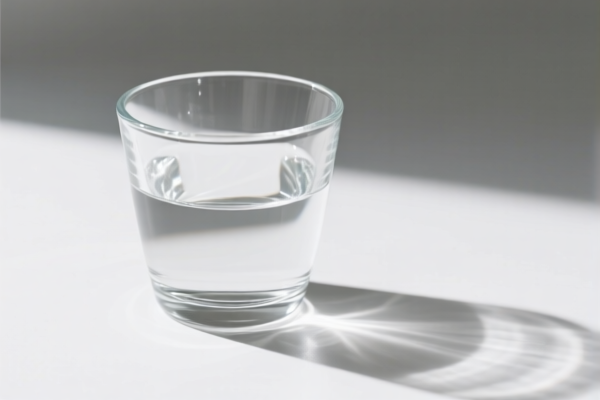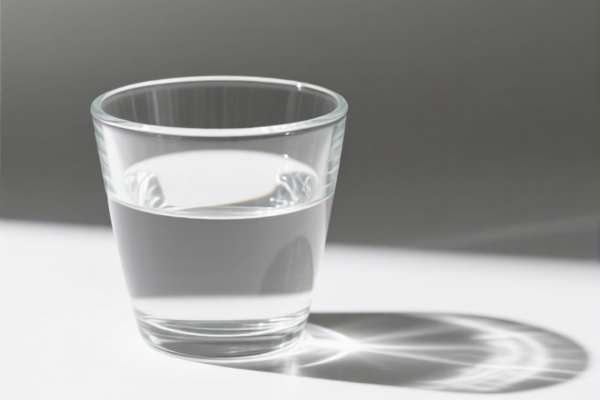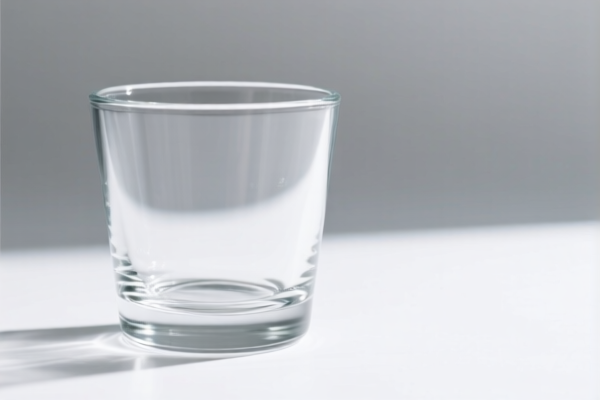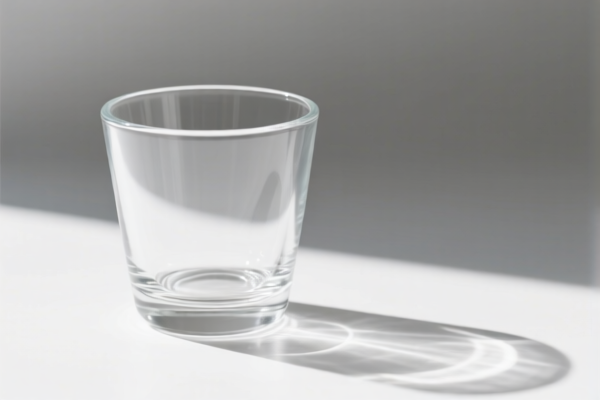| HS Code | Official Doc | Tariff Rate | Origin | Destination | Effective Date |
|---|---|---|---|---|---|
| 4419909100 | Doc | 40.7% | CN | US | 2025-05-12 |
| 4419901100 | Doc | 35.3% | CN | US | 2025-05-12 |
| 4421918800 | Doc | 30.0% | CN | US | 2025-05-12 |
| 4421998800 | Doc | 37.5% | CN | US | 2025-05-12 |
| 9301909090 | Doc | 37.5% | CN | US | 2025-05-12 |
| 9301903010 | Doc | 4.7% on the value of the rifle + 20% on the value of the telesco+37.5% | CN | US | 2025-05-12 |
| 9307000000 | Doc | 40.2% | CN | US | 2025-05-12 |
| 9305996000 | Doc | 40.4% | CN | US | 2025-05-12 |
| 9304006000 | Doc | 43.2% | CN | US | 2025-05-12 |
| 9304002000 | Doc | 41.4% | CN | US | 2025-05-12 |




Wooden Cup
A wooden cup is a drinking vessel crafted from wood, traditionally used for consuming liquids. Its characteristics, construction, and applications vary significantly based on the wood type, craftsmanship, and intended use.
Material
The wood used in wooden cup construction impacts its durability, aesthetics, and suitability for different beverages. Common wood types include:
- Beech: A hard, close-grained wood often used for its smooth texture and resistance to splitting. Suitable for general use.
- Maple: Known for its attractive grain patterns and relatively hard density. Often used for decorative cups or those intended for frequent use.
- Birch: A lighter-colored wood that is relatively inexpensive and easy to carve.
- Coconut Shell: While technically a seed shell, coconut shell cups are frequently categorized with wooden cups due to their natural wood-like properties. They offer a unique aesthetic and are often used for tropical beverages.
- Olive Wood: Highly valued for its distinctive grain and durability, often used for premium cups.
- Other hardwoods: Cherry, walnut, and oak are also used, offering varying degrees of hardness, color, and grain.
Purpose & Function
Historically, wooden cups were ubiquitous due to the ease of wood availability and carving. Modern uses are often rooted in aesthetics, tradition, or specific beverage preferences:
- Drinking: Primarily used for consuming water, tea, coffee, juice, or other non-carbonated beverages.
- Decoration: Often serve as decorative items or collectables.
- Ritualistic Use: Used in certain cultural or religious ceremonies.
- Hot Beverage Preference: Some believe wood imparts a unique flavor to hot beverages and provides insulation.
Usage Scenarios
- Camping & Outdoors: Lightweight and durable, suitable for backpacking or camping.
- Traditional Settings: Used in historical reenactments, folk festivals, or rustic environments.
- Everyday Use: Increasingly popular as a sustainable alternative to plastic or ceramic cups.
- Gifting: Often given as unique or personalized gifts.
Common Types
- Hand-Carved Cups: Individually crafted, often displaying unique artistic designs.
- Lathe-Turned Cups: Produced using a lathe for a more uniform shape and finish.
- Bark Cups: Made from sections of tree bark, retaining a natural, rustic appearance.
- Coconut Shell Cups: Typically polished and finished, often with a decorative band.
- Kuksas (Scandinavian Cups): Traditionally carved from birch burl wood, often with a handle and a distinctive shape designed for use in the outdoors.
- Double-Walled Cups: Constructed with a hollowed-out interior layer for improved insulation.
Care & Maintenance
- Handwashing: Recommended to preserve the wood's finish and prevent cracking.
- Oil Treatment: Regular application of food-grade mineral oil or beeswax polish helps prevent drying and cracking.
- Avoid Dishwashers: High temperatures and detergents can damage the wood.
- Avoid Prolonged Soaking: Extended exposure to water can cause warping or cracking.
- Drying: Allow to air dry completely after washing.
Wooden cups fall under the category of tableware and kitchenware made of wood. Here are the relevant HS codes based on the provided information:
-
4419.90.91.00: This HS code covers “Tableware and kitchenware, of wood: Other: Other”.
- 44: Chapter 44 signifies wood and articles of wood; wood charcoal.
- 19: Heading 19 specifies tableware and kitchenware of wood.
- 90: Subheading 90 indicates “Other”.
- 91: Further specifies “Other”. This is a broad category for wooden tableware not specifically listed elsewhere. The total tax rate is 40.7%.
-
4419.90.11.00: This HS code covers “Tableware and kitchenware, of wood: Other: Forks and spoons”.
- 44: Chapter 44 signifies wood and articles of wood; wood charcoal.
- 19: Heading 19 specifies tableware and kitchenware of wood.
- 90: Subheading 90 indicates “Other”.
- 11: Specifically for “Forks and spoons”. While a cup isn’t a fork or spoon, it falls under the broader “Other” category within this heading. The total tax rate is 35.3%.
It is important to note that the classification between these two HS codes depends on the specific characteristics of the wooden cup and how it is categorized by customs officials. Since a cup is not a fork or spoon, 4419.90.91.00 is the more appropriate HS code.
Customer Reviews
No reviews yet.